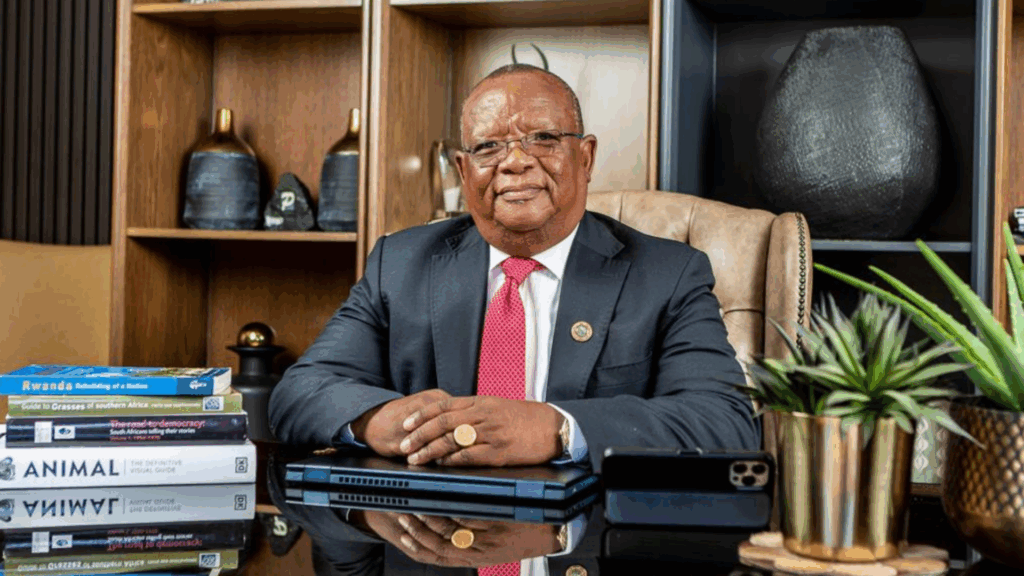A high-level delegation of Namibian traditional leaders arrived in the northwest province and studied the rural development model pioneered by the Kugoshi Nyalala Pilane of Bakugatra Baba Kugafera. The visit, facilitated by the Namibian national traditional leaders' home, shows the growing interest in the local community in a community-driven approach to socioeconomic progress.
After several years, the Bakgatla model focuses on the idea that rural communities should develop themselves by leveraging local resources and opportunities. According to Kgosi Pilane, the initiative aims to serve as a replicable framework for rural development across South Africa, not just Bakugatra, but also across the region and continent.
The delegation will receive a formal presentation on the development framework, followed by a tour of major community-led projects. The purpose of the visit is to benchmark and explore similar initiatives in Namibia.
“I think it's encouraging because I'm asserting what we've been working on,” Kgosi Pilane said. “A sustainable rural development model with a foundation of independence,” he added. “It started in our region, but the goal has always been to create a blueprint for a wider range of applications.”
The model is built on four main pillars: mining, agriculture, tourism and manufacturing. Each pillar is drawn from existing possibilities within the community's land and economic environment, not from imported ideas or infrastructure.
“The idea is simple,” explained Kgosi Pilane. “You assess the land, identify its strongest economic opportunities, and use them to build a sustainable foundation. Whether it's mineral resources, agricultural possibilities, or tourism values, development should start with something already present.”
Mining and agriculture form the backbone of, for example, the Bakugatra strategy. Mineral extraction on the land of Bakgatla is configured to directly benefit the community, but agriculture has been relocated from subsistence farming and includes small businesses that are commercially viable. “Commercial agriculture doesn't have to mean large-scale businesses,” Kgosi Pilane said. “The key is to improve production, go beyond our own consumption and develop access to local and regional markets.”
The model's tourism elements focus on heritage and culturally based experiences. This differs from traditional gaming and lodge tourism by creating a platform for visitors to engage in community, history and other aspects of daily life. It's a global trend, and the tribes are going to make the most of the same thing. “Tourists have come to our area for years, and now the community can be meaningfully involved.”
The fourth pillar, manufacturing, includes plans to activate the infrastructure of dormant factories built during previous administrations in Moruleng and its surrounding areas. By attracting manufacturing to the region and advocating for incentives and economic zone allocation, this model aims to stimulate job creation and industrial activity.
Kgosi Pilane said the success of the models so far lies in their bottom-up approach. “This is about giving people responsibility for development. We must move away from the idea that progress comes only from government. Our community can shape our future if given the opportunity and tools,” he said.
“All the outcomes we present to the delegation have been made possible without government funding. It has created strong ownership within the community. When people build something on their own, they take care of it.”
For more information, please visit https://bbkta.co.za/index.html
For industry-related news, click here.


